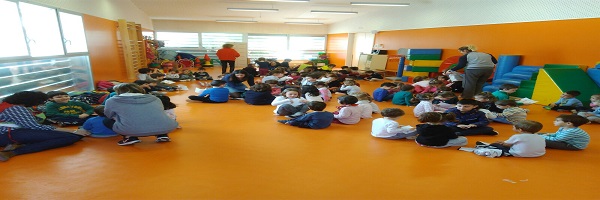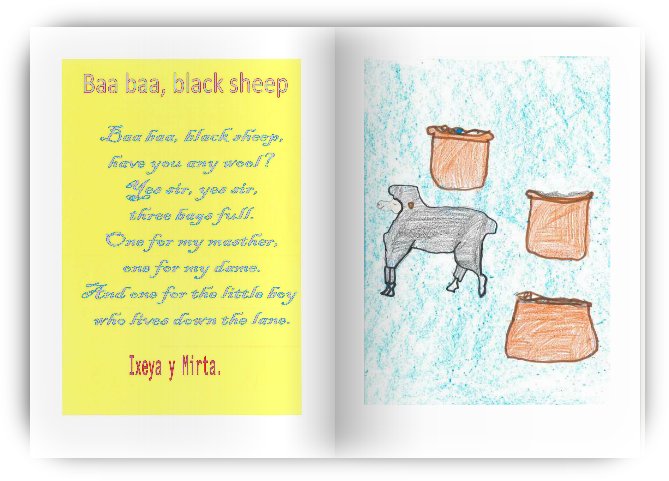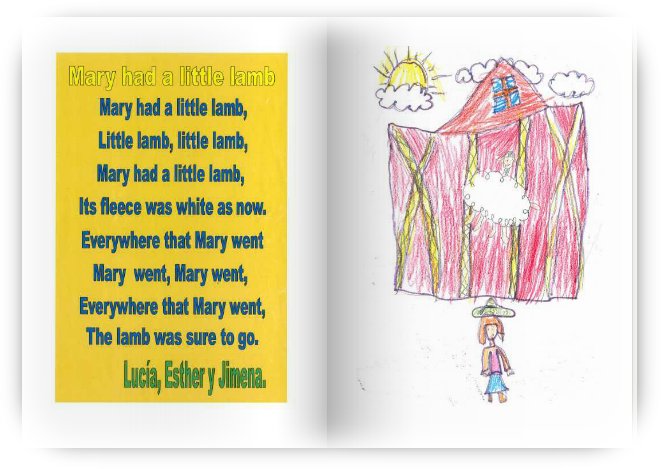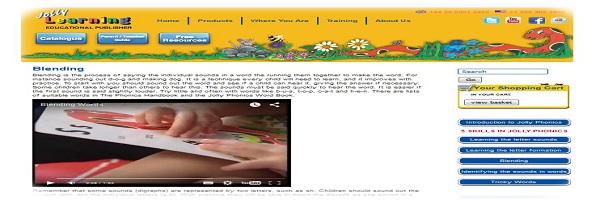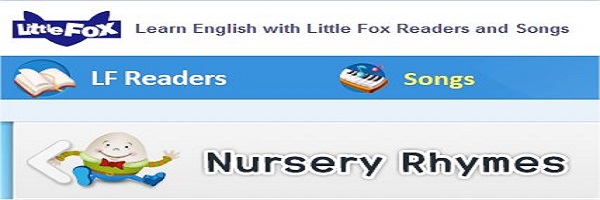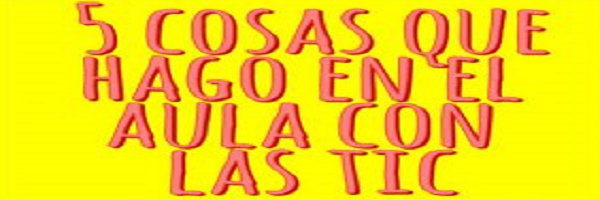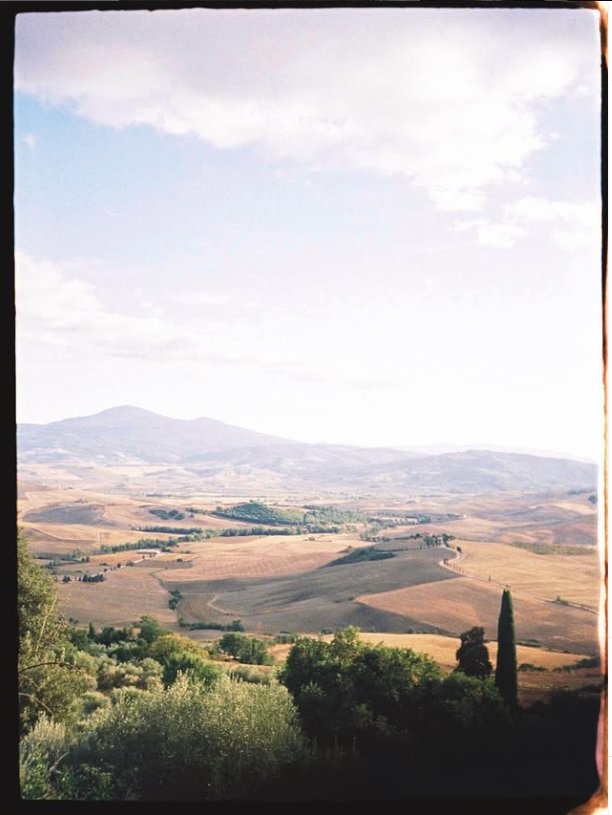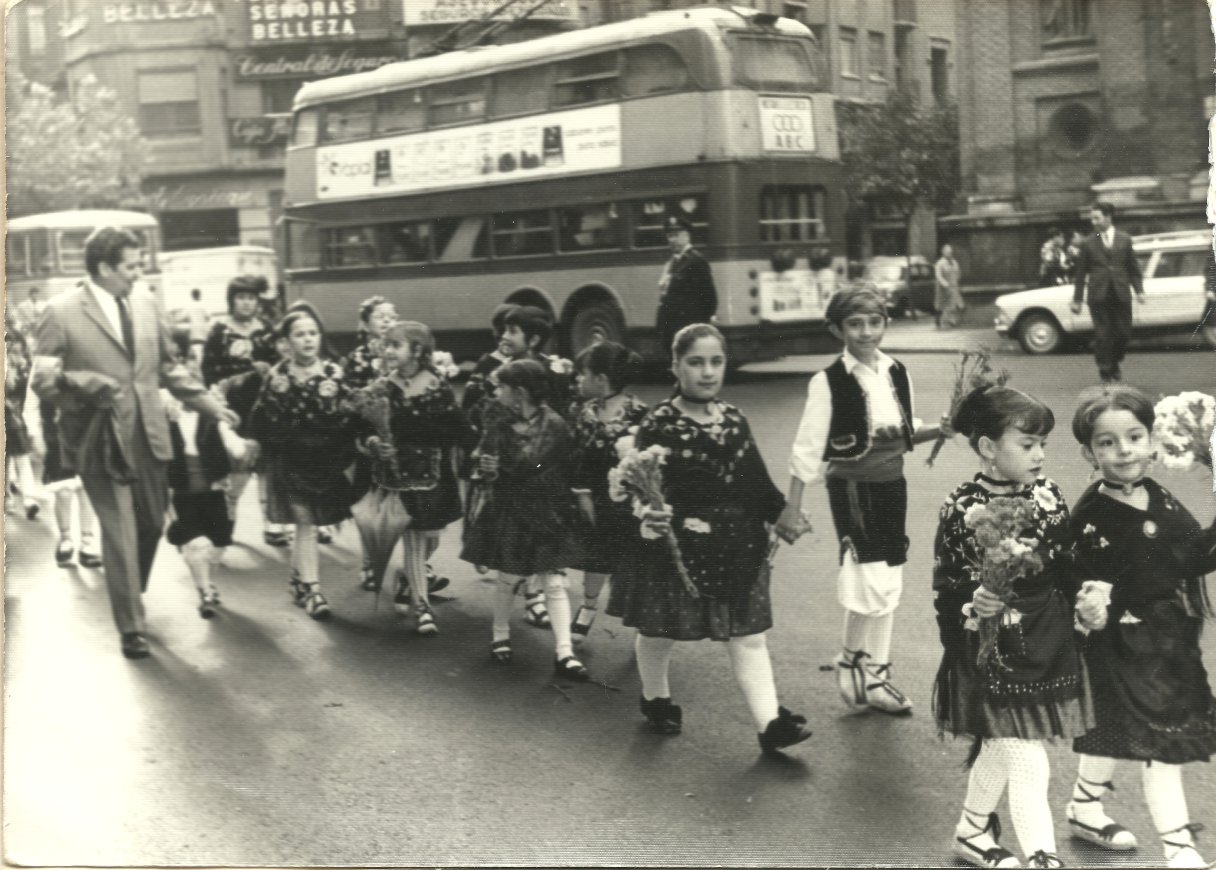01 Pispotero Channel Cabecera from Colegio El Justicia de Aragón I on Vimeo. 02 Pispotero Channel Jokes...
Recursos aula bilingüe
How can you make more use of the grammar tables in your textbook? Roisin O’Farrell, co-author...
The countdown has already begun and and I thought that these resources (and many others) are especially...
Back to school again. The countdown has already begun and I thought that these resources (and many...
Blending is the process of saying the individual sounds in a word the running them together...
En clase de Science acabamos de presentar el producto final del proyecto sobre las plantas de nuestro...
Los chicos y chicas de 4º de Ed. Primaria cantamos «Hero» y se la dedicamos a...
«Cuarto y mitad News» es nuestro periódico de aula en el que publicaremos nuestros textos, en...
The reading website «Roy the zebra» is home to a package of interactive games, stories and resources...
(22/11/2015) En nuestra clase de Science utilizamos lo que llamamos “Ruta de aprendizaje”. Les proponemos a nuestros...
En nuestra clase de Science utilizamos lo que llamamos «Ruta de aprendizaje». Les proponemos a nuestros...
En las aulas de 4º A y 4º B del CEIP “Catalina de Aragón”, de Zaragoza,...
En las aulas de 4º A y 4º B del CEIP «Catalina de Aragón», de Zaragoza,...
There are a number of ways to learn tricky words: 1. Look, Cover, Write and Check. Look...
The easiest way to know how to spell a word is to listen for the sounds in...
Blending is the process of saying the individual sounds in a word the running them together...
Sing alongs (Little Fox) en un sitio web en el que disponemos de una cuidada selección...
Nursery Rhymes (Little Fox) en un sitio web en el que disponemos de una cuidada selección...
Esto de las TIC es un poco lío. A veces se utiliza tanto una palabra que...
It is very important that a child holds their pencil in the correct way. The pencil should...









